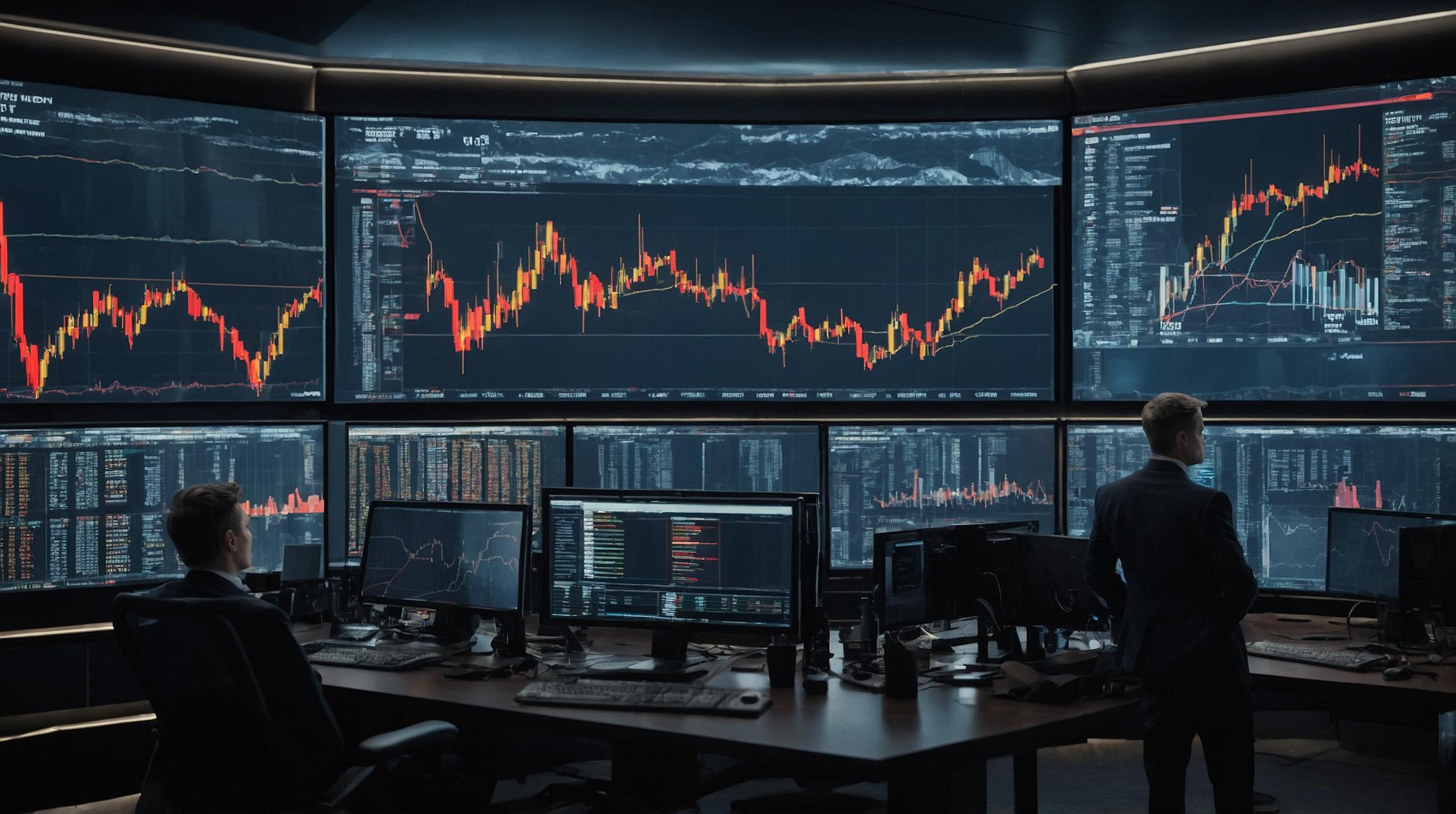Volatility-Linked Fund Selloff Eases After $150 Billion Dump
Selling pressure by volatility-linked funds that exacerbated losses in U.S. stocks over recent days may be on track to ease, analysts said. Volatility-linked strategies, including volatility control funds and equities trend-following commodity trading advisers (CTAs), are systematic investment strategies that typically buy equities when markets are calm and sell when they grow turbulent. They became heavy sellers of stocks over the last few weeks, exacerbating a market rout brought on by economic worries and the unwind of a massive global carry trade.
Monday’s selloff, during which the S&P 500 fell 3%, saw the strategies offload some $70 billion worth of stocks, according to estimates from options research provider Tier 1 Alpha. The move came as the Cboe Volatility Index notched its biggest intra-day rise on record and closed at its highest level since October 2020. In aggregate, the funds have sold $150 billion over the last three weeks, according to Tier 1 Alpha estimates.
However, the fastest-reacting strategies, including volatility control funds and equities trend-following CTAs, may have lightened up their exposure enough to ease up on the selling pace. "These balancing requirements typically resolve over the course of a couple of days max," said Craig Peterson, CEO of Tier 1 Alpha. "I wouldn't expect this to bleed into the end of the month necessarily unless we see a lot more weakness."
The S&P 500 was up more than 2% on Tuesday afternoon.
Estimates vary on how much money systematic strategies command but most analysts agree the funds can add to the tempo of market moves. "Any model that has a vol (volatility) trigger can get whipped around," said Joe Ferrara, investment strategist at Gateway Investment Advisers, in a note. "Typically we tend to see the large, quick spikes in volatility and then a rather quick normalization to long-term levels."
But a quick return to calm stock markets may also see these funds turning buyers again, analysts said. "We're not there quite yet but eventually, call it a month or two out, if volatility does start to subside it could be a very bullish thing for the market to have all these flows come back," Petersen said.













